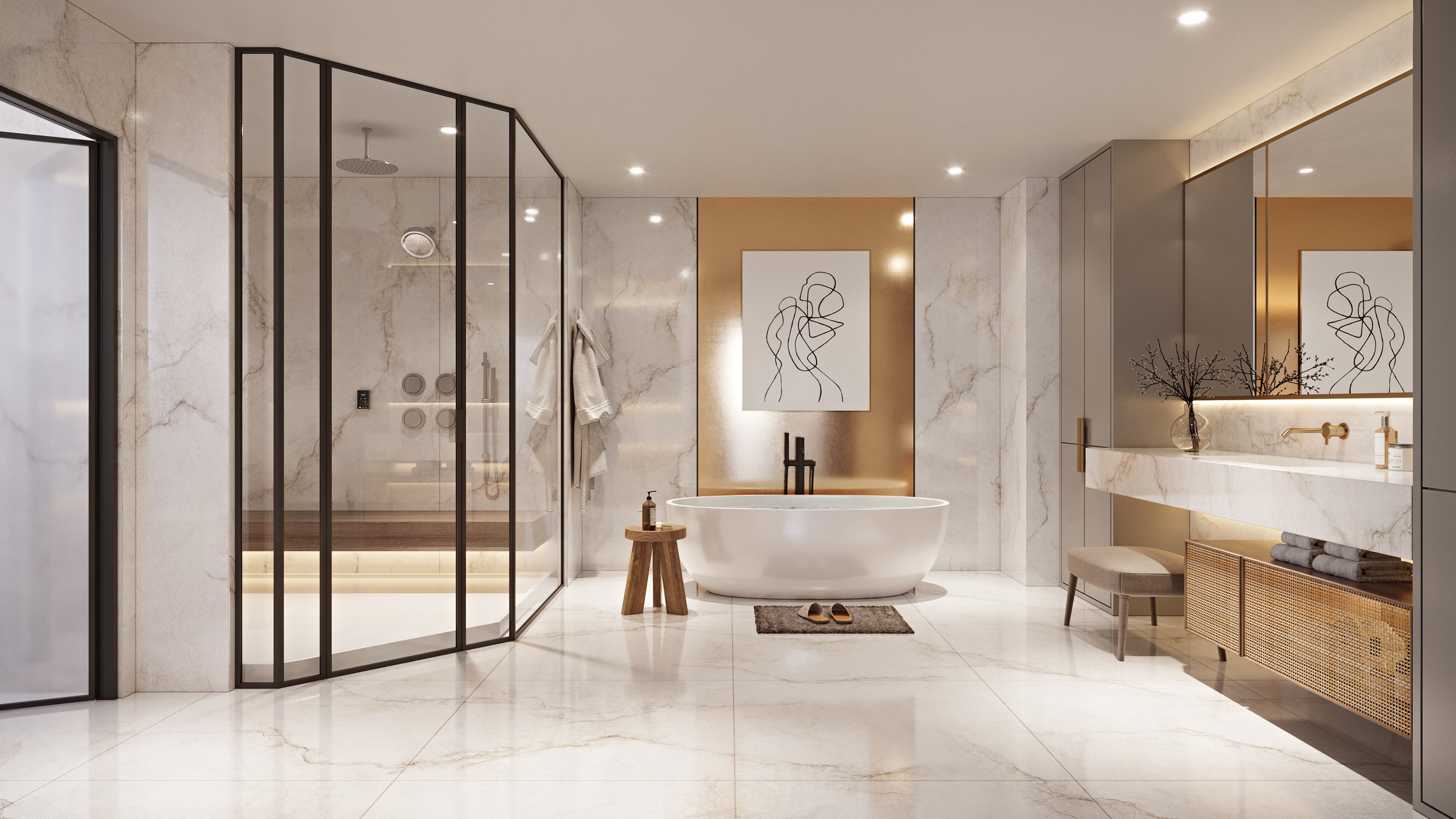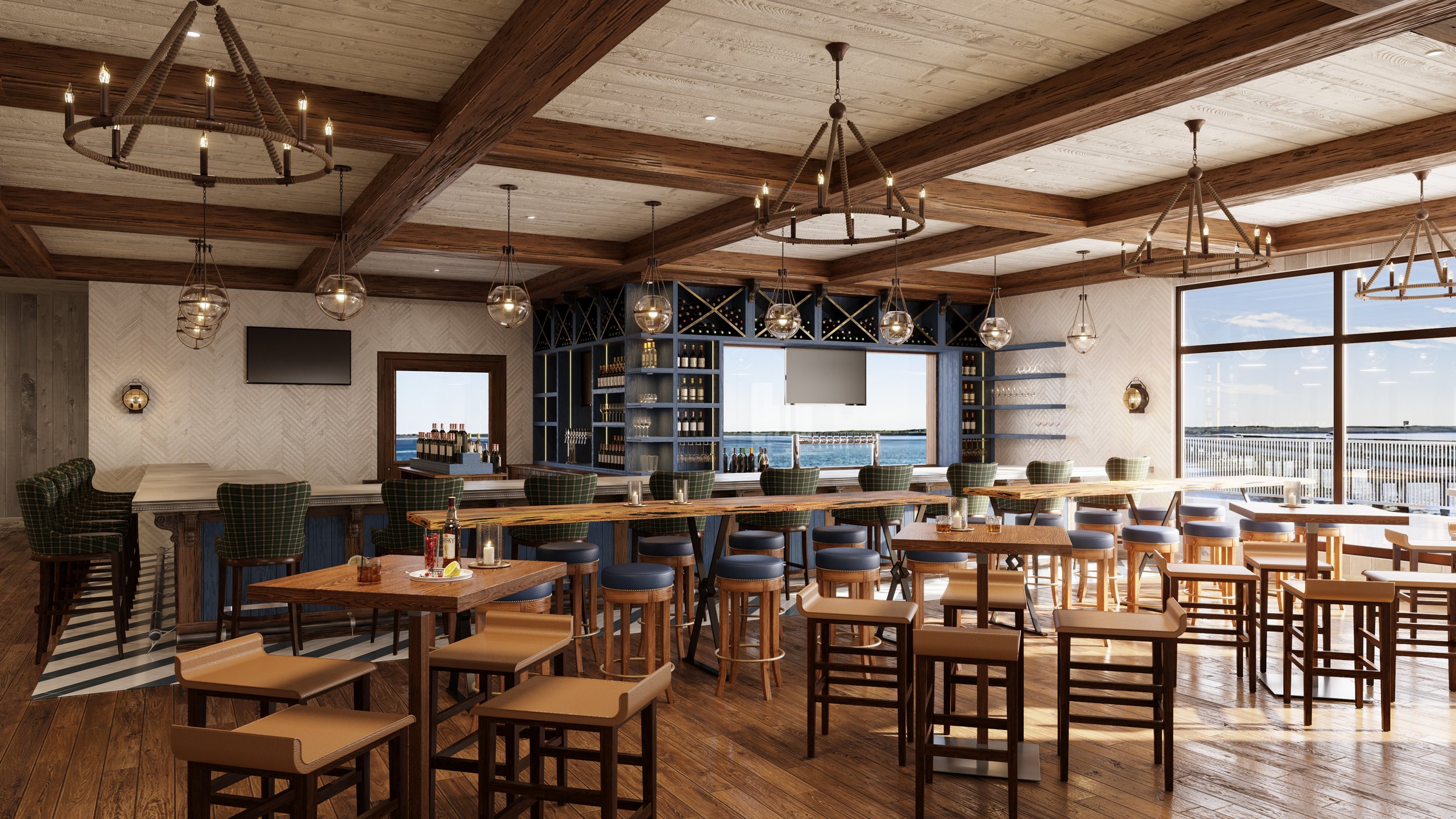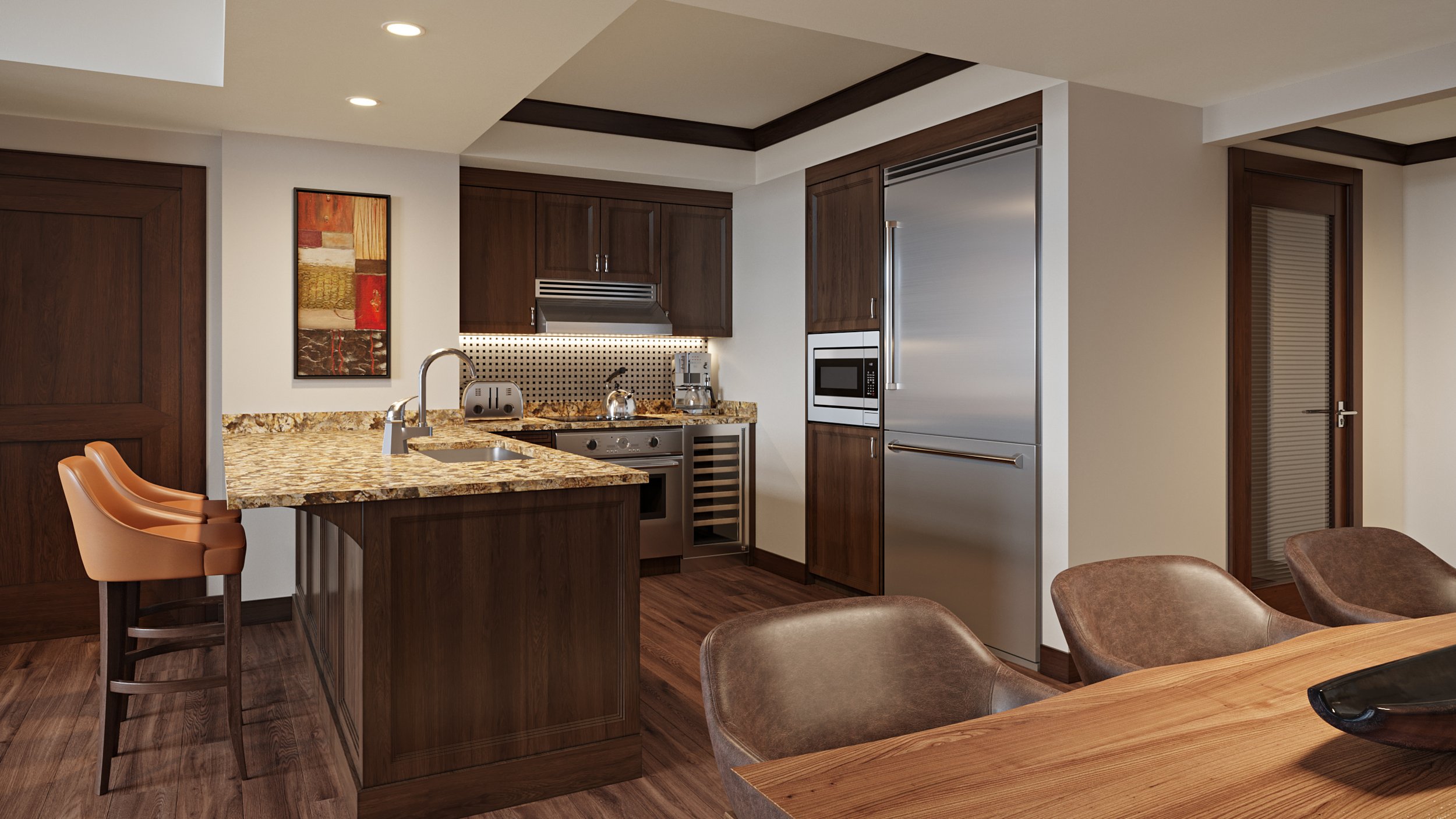Architectural visualization is the technique of making animations or 3D pictures of structures that before stood tall as world wonders or even new ones that are yet to be built. Transfer their emotions to the viewer - Some architectural representations are works of art in and of themselves. Like any other kind of art, requires creative expression. Artists employ their ideas and artistic talents to create aesthetically appealing renderings of building designs. They use composition, lighting, colors, textures, and overall aesthetics to elicit emotions and portray a particular mood or ambiance.
3D modeling is a complex skill in architecture, requiring extensive knowledge and practice. Mastering architectural visualization requires years of effort and practice. Online guides and learning advanced possibilities are available, but understanding fundamentals is crucial. Designers must also learn styles, approaches, and steps before starting.
There is place for individuality! Architectural visualization involves creating 3D animations or pictures of structures, allowing artists to design unique and immersive experiences. This technique allows artists to express their creativity and convey their emotions to viewers, enhancing the overall experience of a project.
While architectural visualization has a practical purpose in displaying architectural plans, it can also serve as a form of creative expression. It combines technical abilities, creativity, and a thorough understanding of design principles to produce aesthetically arresting and emotionally engaging renderings of architectural places.
The Benefits of 3D Rendering
Perfect Lighting Every Time
3D renders allow you complete control over outdoor and indoor lighting. You don't have to wait for a clear day or a beautiful sunset to photograph your landscape or architecture. You will never have to wait for the weather to change, the sun to shine, or the shadows to move. You can modify the season of year, the time of day, the angle of the sun, the strength of the sunshine, everything with 3D rendering! In a 3D rendering, it's always a sunny day (as long as you want it to be).
For interiors, 3D rendering allows you complete control over every aspect of indoor lighting without the need to engage a costly lighting crew. Shadows can be softened or emphasized. You can adjust the brightness of the lights. You can let light in via the drapes. You can create whatever atmosphere you like. A skilled team may fine-tune the most subtle tints to fit your exact vision.
Design Evaluation and Validation
You can analyze and test your concepts using 3D rendering before investing in real production or construction. This aids in the identification of potential defects, inconsistencies, or enhancements, lowering the chance of costly errors and assuring a higher quality end result.
Branding and Marketing: Streamlined
One of the most noticeable benefits of 3D rendering is its unique ability to retain marketing and branding consistency across time. For example, if you want to keep your brand's signature look and feel throughout all of your marketing materials, it's critical to employ your brand's specific color scheme consistently. If your marketing materials are heavily reliant on photography, you will need to recreate those colors on-site for each new shot produced. This will need a significant time investment, which could result in excessive costs.
You don't need to pay a photographer, designer, decorator, or lighting specialist for an ongoing series of costly onsite shots with 3D rendering. Rather, you just engage a top-tier 3D rendering vendor to handle everything in-house! You can easily reuse the same internally available color scheme for each new 3D render for future marketing efforts. It couldn't be simpler!
Competitive Advantage
Utilizing 3D rendering can help you get a competitive advantage in your sector. It enables you to present your designs or products in a visually superior manner, allowing you to stand out from the crowd. It also indicates a commitment to innovation and professionalism, which improves the image of your brand.
Conclusion – What Benefits Can 3D Rendering Bring To You?
3D renders are fast gaining popularity, and it's easy to see why. As previously stated, 3D rendering allows you complete control over both outside and indoor illumination. It also allows architects, builders, marketers, and other professionals to examine a wide range of choices without investing in travel, props, furniture, photographers, and interior designers.
In conclusion, 3D rendering provides advantages such as realistic visualization, cost and time efficiency, design review, marketing advantages, experimentation flexibility, increased communication, and a competitive edge. You may improve your designs, expedite your operations, and produce better results by using the power of 3D rendering.
Word of Mouth Marketing to Work for Architects
Word of mouth marketing has long been acknowledged as a valuable tool for organizations of all sizes. Architecture is no different. So, what exactly is word-of-mouth marketing? Simply defined, it's a natural spread of positive recommendations and referrals from happy clients, colleagues, and industry professionals.
Word of mouth marketing may be a great strategy for architects to use to improve their reputation, recruit clients, and grow their firm. Here are five crucial ways for making word-of-mouth marketing work for architects:
1. Deliver Outstanding Design and Service
Providing outstanding design and service to your clients is the core of word-of-mouth marketing. Concentrate on generating unique, high-quality designs that meet or surpass your clients' expectations. From early consultations to post-construction follow-ups, ensure exceptional client care throughout the project. When your clients are pleased with your work, they are more inclined to tell others about it.
2. Cultivate Strong Relationships
It is critical to cultivate solid relationships with clients, contractors, suppliers, and industry professionals in order to generate favorable word of mouth. Maintain open and effective communication, listen to the demands of clients, and work closely with all stakeholders. Maintain long-term connections by staying in touch, offering ongoing assistance, and soliciting feedback. Clients and colleagues who are pleased with your services are more inclined to recommend you to others.
3. Encourage and Leverage Testimonials
Request client testimonials and feature them on your website, social media platforms, and marketing materials. Genuine testimonials serve as social proof of your skill and dependability. Consider asking clients whether they are prepared to share their experiences on internet review platforms or industry-specific directories. Positive online reviews can have a big impact on the decision-making process of potential clients.
4. Foster a Referral Program
Establish a formal referral program that rewards clients, contacts, and partners for referring your services. Provide incentives, discounts, or exclusive benefits in exchange for successful referrals. Make sure to clearly communicate the referral program to your network and that the referring process is simple. Express gratitude to those who refer business to you on a regular basis to generate continuous goodwill and motivation for future referrals.
5. Develop Strategic Partnerships
Create mutually advantageous partnerships by collaborating with complimentary professionals such as interior designers, contractors, or real estate brokers. Clients frequently seek recommendations for other professionals participating in their projects, which might lead to referrals from these collaborations. Attend industry events and actively network within your business to meet possible partners and make important relationships.
Remember that developing word-of-mouth marketing takes time and persistent effort. Architects can use word of mouth marketing to grow their reach and attract new clients by constantly delivering outstanding design, establishing strong relationships, leveraging testimonials, cultivating collaborations, and implementing a referral scheme.
Grayscale Rendering: How Architects and Interior Designers Use It
Grayscale rendering, a "less is more" philosophy, can be valuable for architects and interior designers by providing a clean image of a design without distractions. It's essential to use these visuals effectively.
What Is Grayscale Rendering?
The technique of creating a CG image that depicts objects without any colors or textures is known as grayscale 3D rendering. It is also known as "clay" or "white" rendering. Due to the lack of textures and materials, these graphics render far faster than color CG representations.
How Are Grayscale Renders Used by Architects and Interior Designers?
Grayscales as Presentation Visuals
Grayscale renderings are used in client presentations to showcase 3D designs, allowing architects to quickly deliver images and create unique stylistic looks for visually appealing graphics.
Grayscales as Intermediate Results in CGI Projects
Grayscale rendering is one of the processes in a realistic 3D visualization process in this usage scenario. It enables architects and designers to accept intermediate results by analyzing an exterior or interior's geometry and proportions, as well as lighting and camera angles. As a result, any important modifications should be made early on, when 3D artists can revise and update renders swiftly.
Do you require expert 3D rendering services? Contact Panoram CGI for anything from still renders and virtual tours to 3D animations and AR/VR-ready models!
To get the latest updates visit our blog and follow us on Facebook, Twitter, Pinterest, LinkedIn, Instagram and YouTube channel.





